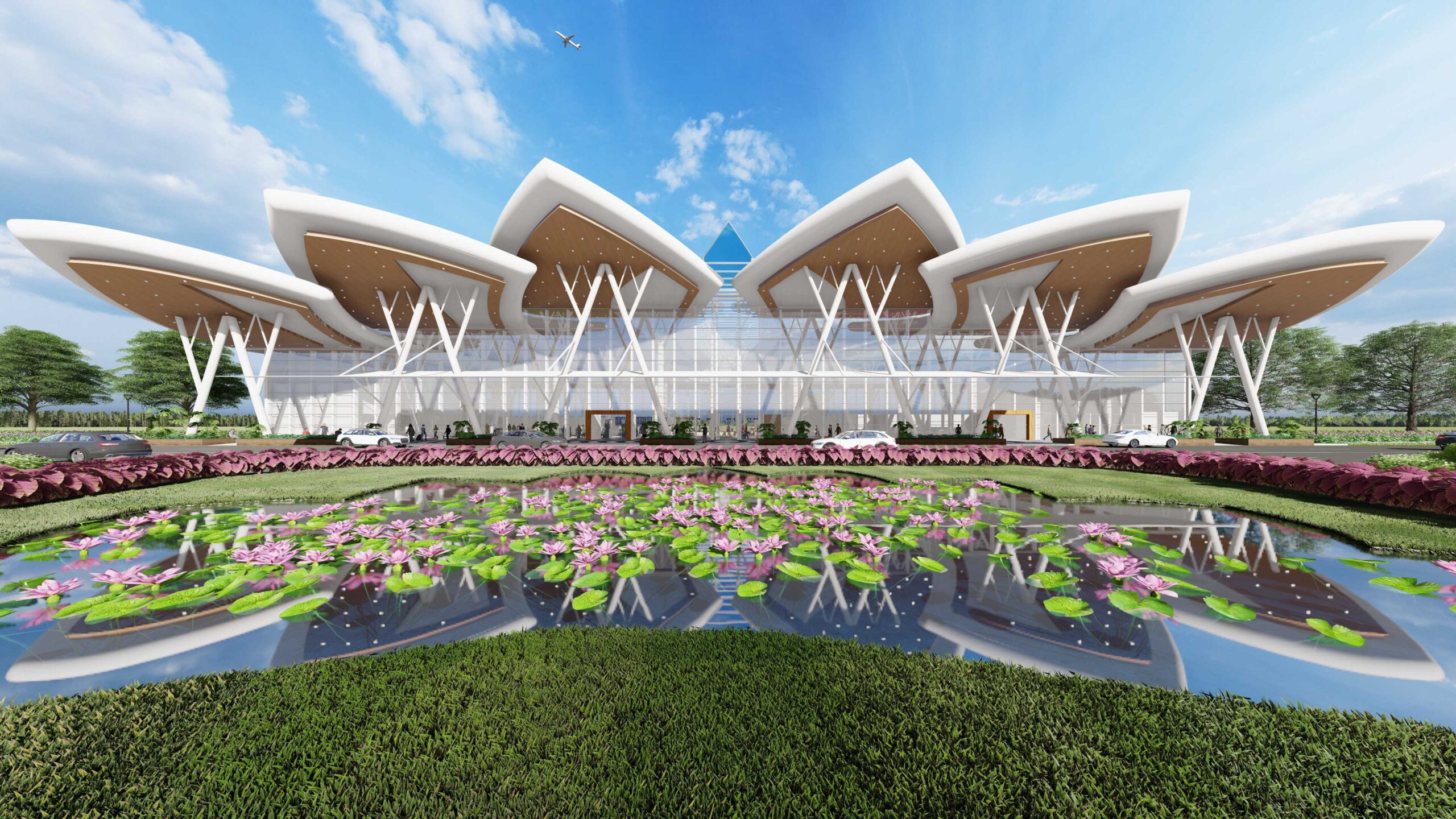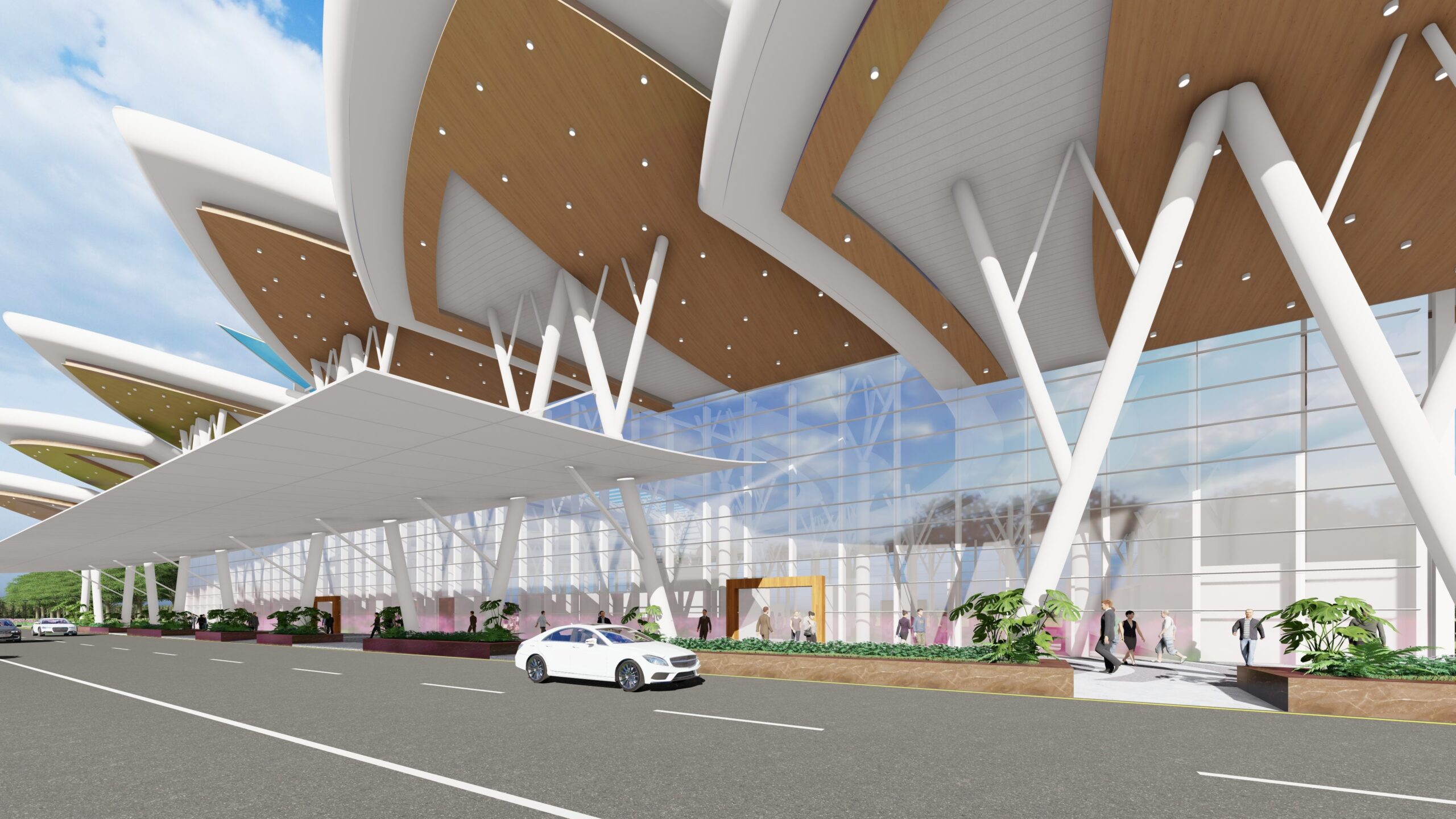What inspired you to pursue a career in architecture, and how did your journey begin?
Architecture is a powerful expression, like art, but in a space where we can feel it. When I travelled as a child, in school, I noticed that historical civilisations are often identified with their surviving architectural achievements. It is a cultural symbol and symbolises the time and era it belonged to. An architect’s creation lives even after the architect and I was compelled to take up architecture as a profession when I witnessed the construction of my parents’ house. I got involved in it and was absolutely fascinated and that planted the seed of architecture in my mind.
Can you share some key influences or architects that have shaped your design philosophy over the years?
For me, architecture is creating a space that generates the emotion, feelings and sensations that I as an architect have visualised and created. It is an unspoken language that moves you. My style of architecture is dominated by form but is functional at the same time. This comes with experience, as I have learned over the years how I can achieve form as well as function.
How do you balance the need for architecture to make a statement in its surroundings with the practical aspects of functionality and comfort?
Our company is known for its iconic buildings, be it transport terminals, airports, like Shivamogga Airport, various commercial and residential buildings, institutions, hotels, hospitals, restaurants, public buildings, and offices. I start my design process by feeling the space and the surroundings and understanding the essence of the theme and requirements in the form for the design. The form happens very naturally as a result of the function, but I believe that making a statement is also a necessary function. Our clients come to us because creating an iconic building is our forte.

You take up turnkey projects. Could you share your experiences with managing such projects?
We do take up some selected projects as turn-key when the client wants us to. It does help to keep the quality in check, and also it makes sure the design is followed to the tee.
Given your focus on commercial, residential, institutional, offices, transport terminals and public building design, how do you view the role of steel in modern architecture?
The benefits of steel in modern buildings are the flexibility it provides in achieving the form, the strength, ease of work and the saving in time taken to complete the project. Also, it can be used in modular buildings. It is a very sustainable building material which is the best part as we are green architects and stress sustainability.
How do cultural influences, both global and local, impact your design choices, and can you provide examples where cultural considerations played a significant role in shaping a project?
There are many projects like the Anjaneya temple we are designing in the USA, the Institution for Dalai lama in Bodh Gaya, administrative buildings for the government like DOC Gadag, Bijapur airport, IGP office, Gulbarga, Ramakrishna Ashram, Naturopathy in Hulkoti where cultural influences have shaped the design in terms of form, use of materials and the character of the building. Sometimes we design inspired by historical design styles like Roman architecture or religious architecture for religious buildings like the Anjaneya temple in the USA and the Iskcon temple in Bengaluru.

What factors do you consider when deciding to use steel in a project? Can you share instances where steel was chosen over other materials?
Steel was used in Shivamogga airport over other building materials because of the flexibility in design. Due to this choice, we were able to achieve the form of the flower shape with overlapping petals. The strength of steel and the ability of steel to be able to take longer spans, the strength, ease of working and also it is a sustainable material.
How do you stay updated on the latest industry trends, and how do they shape your approach to new projects?
We work with the best consultants and vendors in the industry who constantly update us on the latest trends and materials. Also, our teams attend fairs and expos in various parts of the world to keep ourselves updated.
How have you observed the architectural industry change over the years, and how do these changes impact your design philosophy and approach?
Architecture has changed throughout history from prehistoric architecture to the modern architecture of today. My design style is very versatile, I design based on the project and what it demands and I feel in this era where technologies are fast changing, we need to keep the character in the building while we adopt new technologies.






